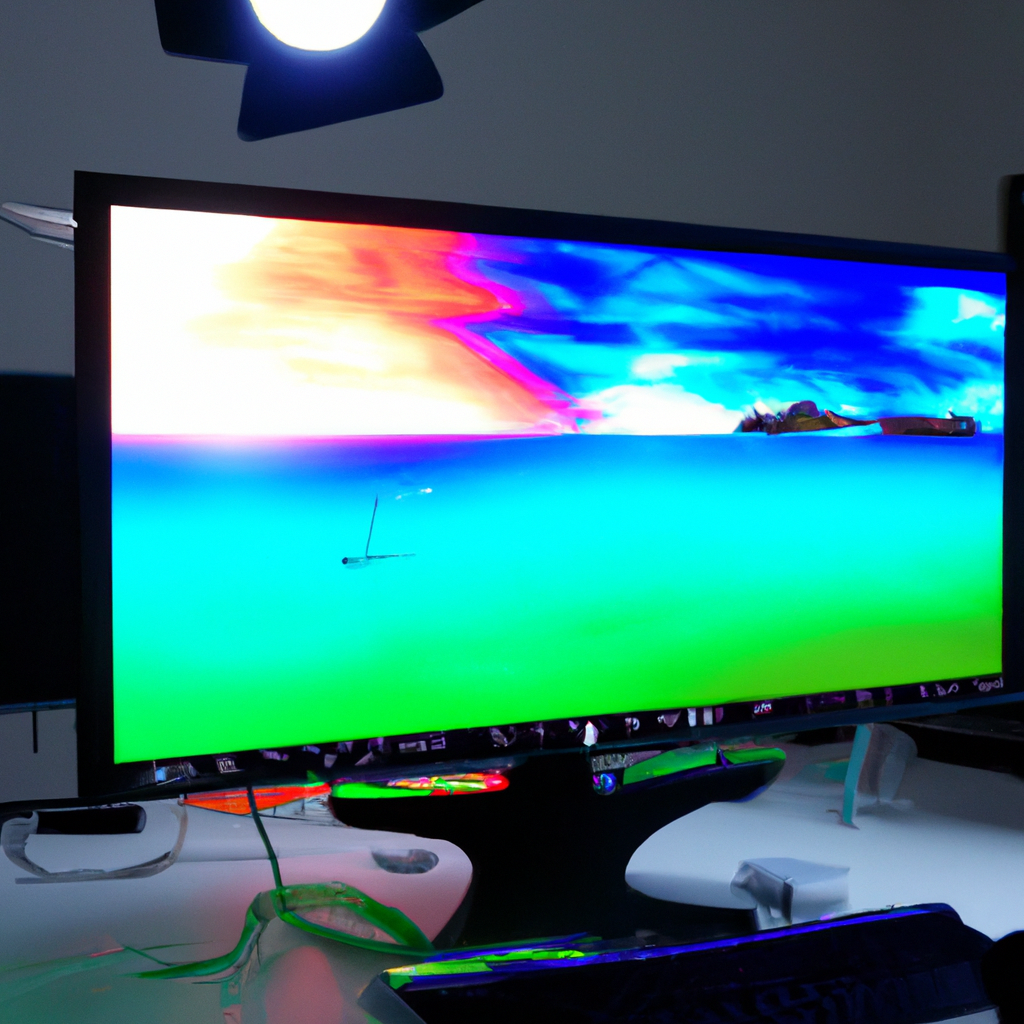A computer monitor is a crucial component of a computer system. It displays images, videos, and other visual content that a user interacts with while using a computer. A monitor is an output device that delivers visual information in the form of images, videos, and graphics. In this article, we will explore how a computer monitor displays images and the different factors that affect the quality of the display.
Screen Resolution
The screen resolution is the number of pixels that a monitor can display horizontally and vertically. The pixel count determines the sharpness and clarity of images. Higher resolutions result in sharper and crisper images. The resolution is expressed in pixels, such as 1920 x 1080 or 2560 x 1440. A higher resolution monitor will display more information, making it easier to work on multiple windows simultaneously.
Refresh Rate
The refresh rate is the number of times that a monitor updates the image on the screen per second. The refresh rate is measured in Hertz (Hz). The higher the refresh rate, the smoother the image appears. A low refresh rate can cause flickering and make the image appear choppy. The standard refresh rate for most monitors is 60Hz, but higher-end monitors can have refresh rates up to 240Hz.
Pixel Density
Pixel density refers to the number of pixels per inch (PPI) on a monitor. A higher pixel density results in a sharper image, as each pixel is smaller and closer together. The pixel density is affected by the screen size and resolution. A monitor with a higher resolution and smaller screen size will have a higher pixel density. A higher pixel density is more important for tasks that require detailed images, such as photo and video editing.
Color Gamut
Color gamut refers to the range of colors that a monitor can display. The color gamut is expressed as a percentage of the RGB color space. The wider the color gamut, the more colors a monitor can display. Monitors with a wider color gamut are better suited for tasks that require accurate color representation, such as graphic design and video editing.
How a Monitor Displays Images
A monitor displays images using a combination of pixels, backlighting, and color filters. Each pixel on the monitor is made up of three sub-pixels, one for red, green, and blue. The backlighting behind the pixels illuminates the sub-pixels, and the color filters determine the color of each sub-pixel. When combined, the sub-pixels create the image displayed on the monitor.
When an image is displayed on the monitor, the computer sends digital signals to the monitor’s display controller. The display controller converts the digital signals into analog signals that are sent to the screen. The analog signals control the brightness and color of each pixel on the screen. The pixels change color and brightness rapidly to display moving images, resulting in smooth motion.
Conclusion
A computer monitor is an essential component of a computer system. It displays visual content that the user interacts with while using a computer. The quality of the display is affected by various factors such as screen resolution, refresh rate, pixel density, and color gamut. A higher resolution and pixel density result in sharper images, while a higher refresh rate provides smoother motion. A wider color gamut is better suited for tasks that require accurate color representation. Understanding how a monitor displays images can help users choose the right monitor for their needs.







